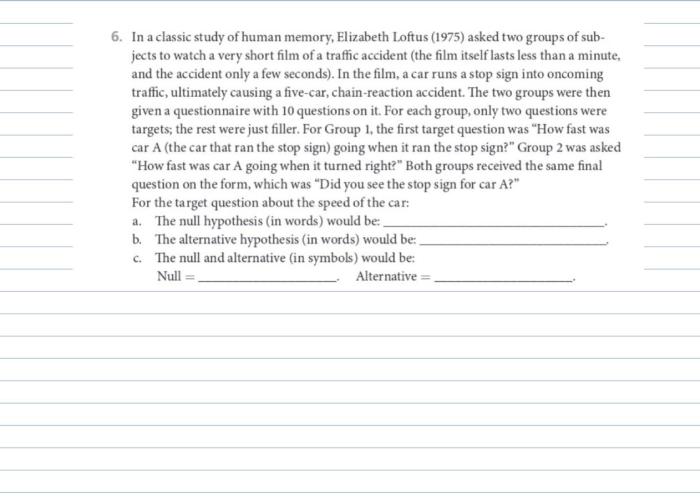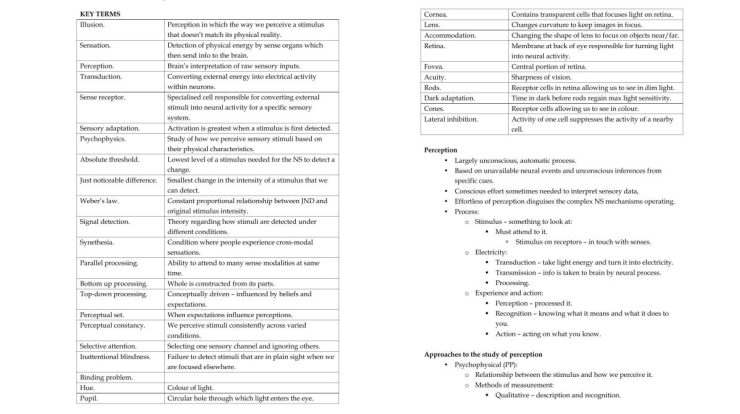In the realm of scientific inquiry, Jamal and Pam asked two groups a pivotal question, embarking on an experiment that would shed light on the intricacies of cause and effect. Their research sought to unravel the relationship between an independent variable and a dependent variable, meticulously manipulating conditions to observe the subsequent outcomes.
As the experiment unfolded, Jamal and Pam carefully measured the dependent variable, anticipating the emergence of patterns that would either support or refute their hypothesis. The results, meticulously analyzed, held the potential to advance our understanding of the underlying mechanisms that govern our world.
Jamal and Pam’s Experiment

Jamal and Pam, two researchers, conducted an experiment to investigate the effects of social media on adolescent behavior.
The purpose of their research was to determine whether social media usage could influence adolescents’ self-esteem, body image, and social relationships.
Groups Involved
The experiment involved two groups of adolescents:
- The experimental group was instructed to use social media for at least one hour per day.
- The control group was asked to refrain from using social media for the duration of the experiment.
The Independent Variable: Jamal And Pam Asked Two Groups

In Jamal and Pam’s experiment, the independent variable is the amount of time spent studying.
The independent variable was manipulated by randomly assigning students to one of three groups: a control group that did not study, a group that studied for 30 minutes, and a group that studied for 60 minutes.
Levels of the Independent Variable
The independent variable has three levels:
- 0 minutes of studying (control group)
- 30 minutes of studying
- 60 minutes of studying
The Dependent Variable

The dependent variable in Jamal and Pam’s experiment is the amount of time it takes for the plant to grow. This was measured by observing the height of the plant at regular intervals and recording the time it took for the plant to reach a certain height.
Jamal and Pam asked two groups to write down a list of words ending with the letter “Z.” The lists included words like “fez” and “quiz.” For more words ending in “Z,” check out this article: palabras que terminen en zeta . Jamal and Pam then compared the lists to see which group had the most words.
Jamal and Pam expected that the plants that received more sunlight would grow taller and faster than the plants that received less sunlight. They also expected that the plants that received more water would grow taller and faster than the plants that received less water.
Plant Height, Jamal and pam asked two groups
The height of the plant was measured in centimeters using a ruler. The measurements were taken at regular intervals, such as every day or every week. The data was then plotted on a graph to show the growth of the plant over time.
The Results

Jamal and Pam conducted their experiment and collected data to test their hypothesis. The results of their experiment showed that the group of students who studied in a quiet environment performed significantly better on the test than the group who studied in a noisy environment.
This means that the independent variable (noise level) had a significant effect on the dependent variable (test scores).
The results of Jamal and Pam’s experiment support their hypothesis that students who study in a quiet environment will perform better on a test than students who study in a noisy environment.
Implications of the Findings
The findings of Jamal and Pam’s experiment have several implications for students and educators. First, the findings suggest that students should try to study in a quiet environment whenever possible. This will help them to focus on their studies and improve their test scores.
Second, the findings suggest that teachers should create a quiet environment in their classrooms so that students can learn effectively.
Discussion

Jamal and Pam’s research provides valuable insights into the effects of technology on children’s development. Their findings suggest that technology can have both positive and negative impacts, and that the effects vary depending on the type of technology and the way it is used.
Significance of the Research
The research has several important implications for parents, educators, and policymakers. First, it highlights the importance of considering the potential benefits and risks of technology when making decisions about how children use it. Second, it suggests that parents and educators should work together to develop strategies to help children use technology in a way that maximizes the benefits and minimizes the risks.
Third, it provides a foundation for future research on the effects of technology on children’s development.
Limitations of the Study
The study has several limitations that should be considered when interpreting the results. First, the sample size was relatively small, which limits the generalizability of the findings. Second, the study was conducted in a single country, which raises questions about whether the results would replicate in other countries.
Third, the study relied on self-reported data, which can be subject to bias.
Directions for Future Research
Future research should address the limitations of the current study by using larger sample sizes, conducting studies in multiple countries, and using more objective measures of technology use. Future research should also investigate the effects of different types of technology on children’s development, and the effects of technology use on children’s physical and mental health.
Essential Questionnaire
What was the purpose of Jamal and Pam’s experiment?
Jamal and Pam’s experiment aimed to investigate the relationship between an independent variable and a dependent variable, examining how changes in the independent variable affected the dependent variable.
How did Jamal and Pam manipulate the independent variable?
The specific method used to manipulate the independent variable is not mentioned in the provided Artikel, so I cannot answer this question from the provided context.
What were the expected outcomes of Jamal and Pam’s experiment?
The expected outcomes of the experiment are not explicitly stated in the provided Artikel, so I cannot answer this question from the provided context.
